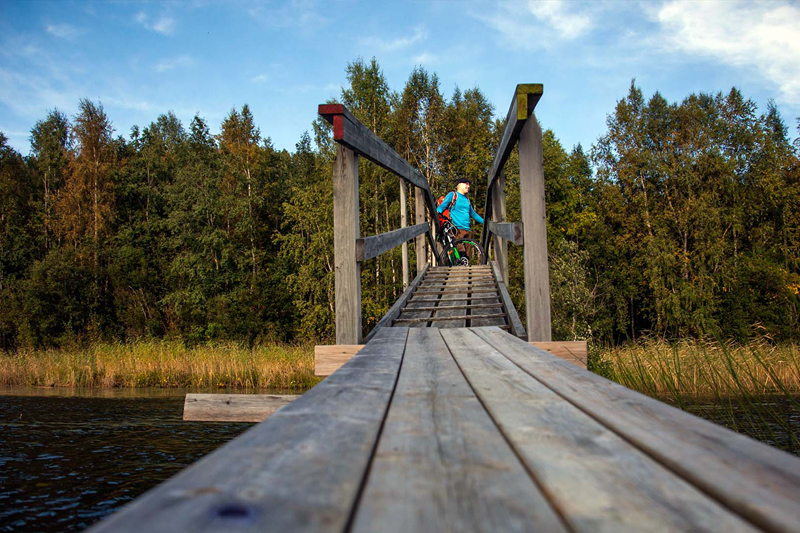
Pack your flora and bird books and discover nature on your terms! Many of the islands are ideal for hiking and there are many nature trails all around the archipelago. There are also excellent hiking trails along the coast, especially the Solander trail, Furuögrund trail and the pasture footpath in Risböle.
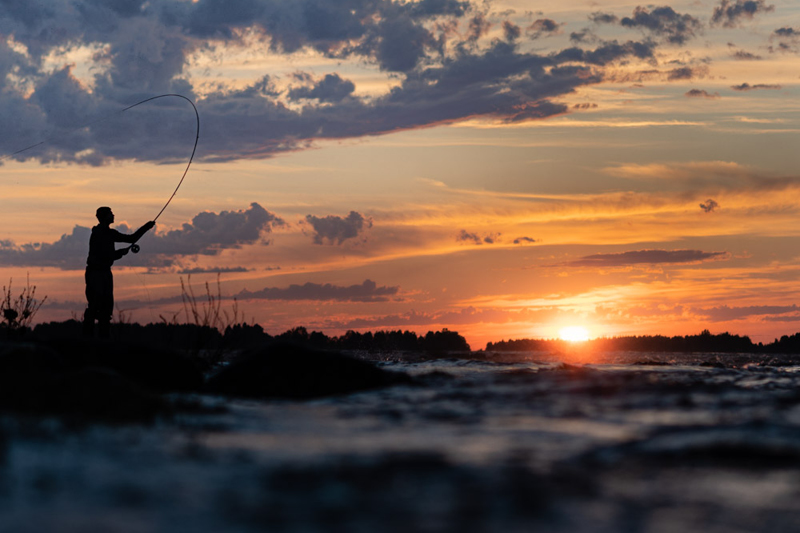
The Bothnian Bay provides many opportunities to catch fish whether you prefer rod and line, spinning or fly fishing. In the archipelago, hand tackle is permitted for fishing e.g. a rod and line. Further out, grayling and whitefish are common catches and in the inner sounds are fish such as perch, roach and pike. Visit svenskafiskeregler.se to see what applies when you want to go fishing.
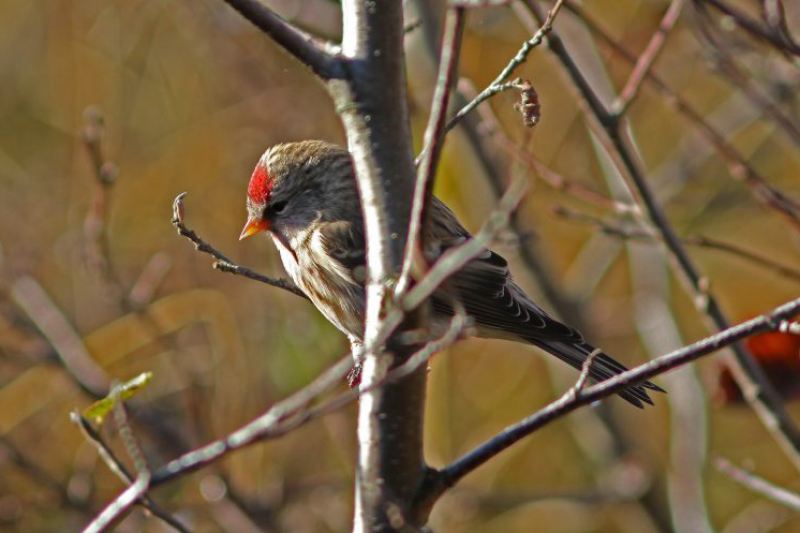
There are good opportunities on the islands and coast alike to watch the interesting bird life. Haparanda Sandskär is home to Sweden’s most northerly and easterly ornithology field stations. Visitors can both watch and ring birds. On Malören and Rödkallen you can generally see the same species as on Sandskär, and many migratory birds pass Bjuröklubb in the spring. Visit artportalen.se for information about birds and other things you might see.
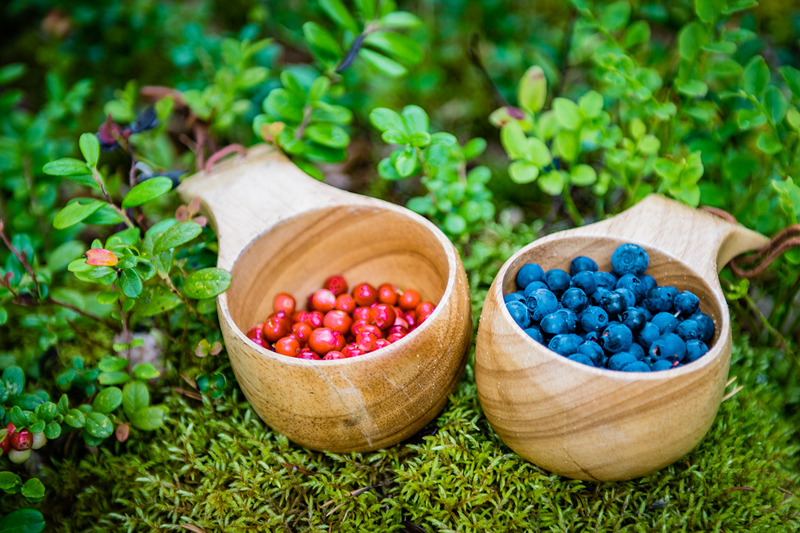
Toward autumn, tuft and tussock light up red and blue. The wild berries here are perceived as bigger and juicier than those on the mainland. Or so we imagine. You’ll find plenty of lingonberries and blueberries here. Among the stones the arctic bramble grows, Norrbotten’s heraldic flower. Sea buckthorn also grows on the islands, and the brilliant orange berries are packed with vitamin C. In the autumn, bucketsful of wild mushrooms are ready to pick. But if you asked where to pick chanterelles, it’s not certain you’ll get an answer. It’s usually a secret passed on down the generations…
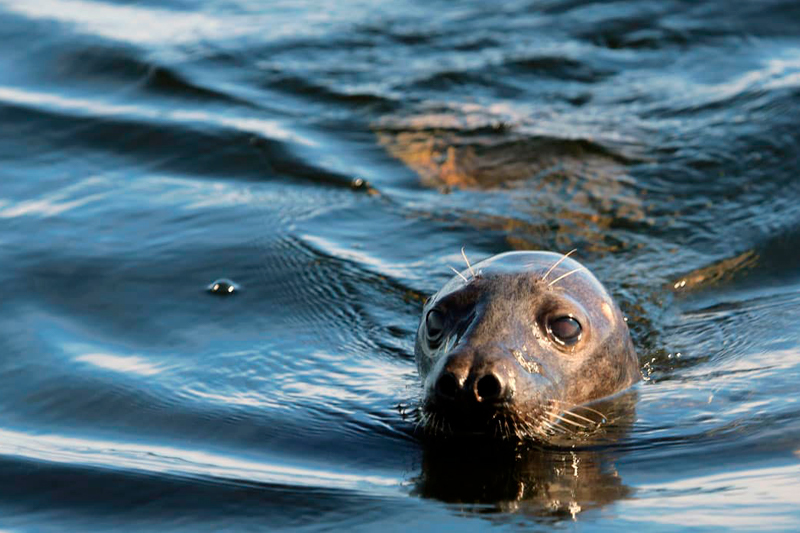
Don’t be surprised if the sounds of the sea include weird barks, howls and grunts. Or if a curious seals suddenly pops out of the sea. There are several places where you can see seals as they rest on islets and rocks.
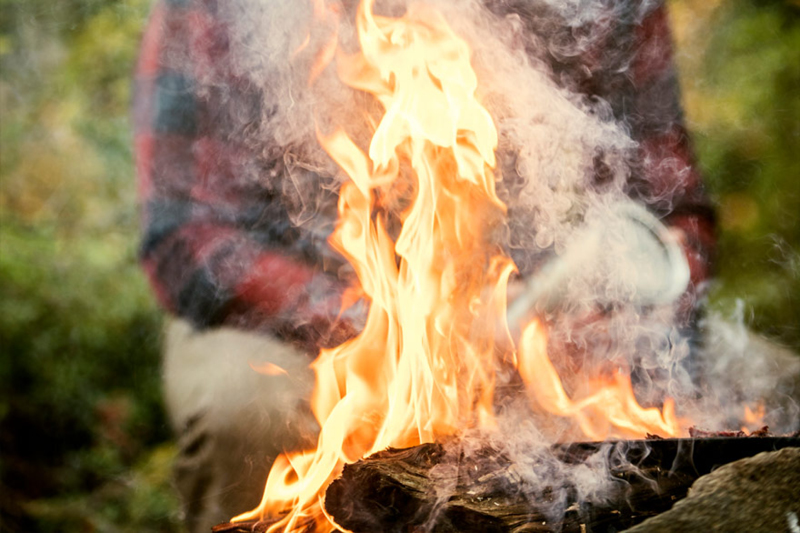
There are barbecue facilities throughout the entire area. For example, the municipalities have set out ’archipelago barbecues’ so typical of the Bothnian Bay. These may be used by everyone and in many places there is usually an equally characteristic sauna.
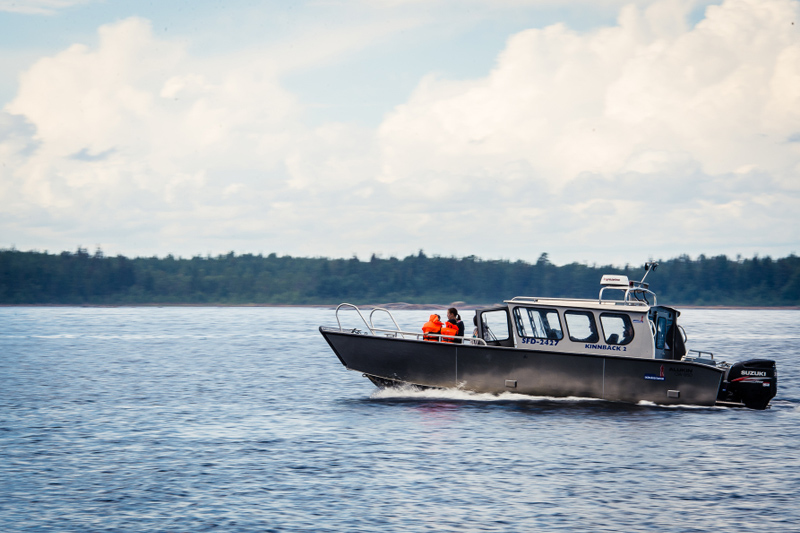
If you come by boat, there are plenty of guest harbours around the coast and archipelago. Visit bottenviken.se for information on e.g. harbour entry and service. There is also information on launching ramps along the coast for visitors exploring the archipelago with a trailer boat. Eniro and gasthamnsguiden.se also have information about guest harbours. If you didn’t come by boat, boat services and water taxis are available from several places along the coast. Make a habit of checking the weather forecast before setting out. Always wear a life jacket.
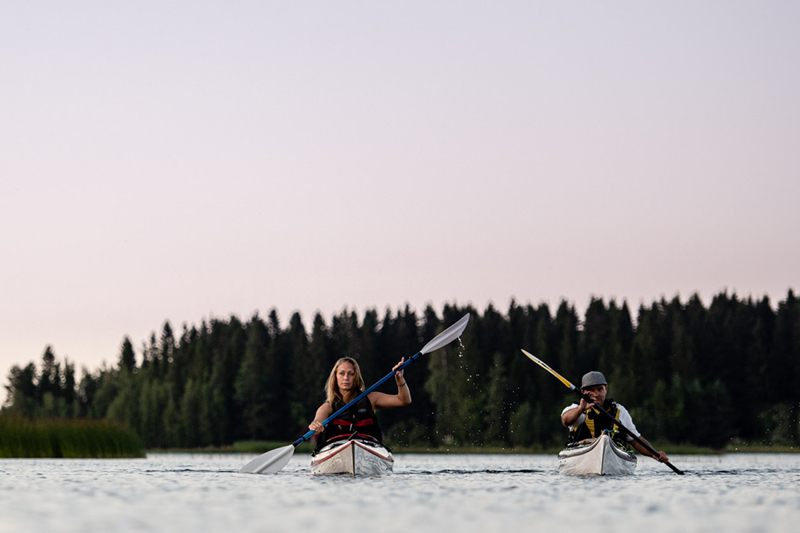
Discover the archipelago by kayak! There are waters for beginners and pros and many great landing places. Kayaks are available for rent. Get tips about where to go from the municipal tourist centres.
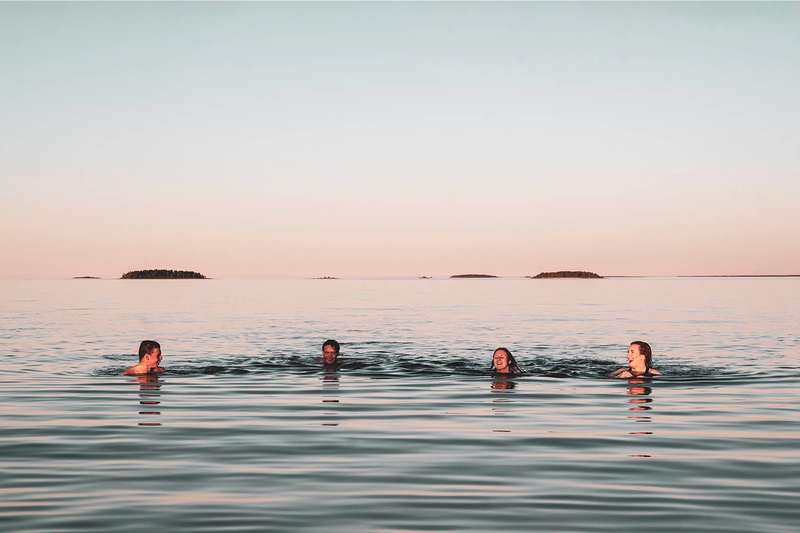
Along the Bothnian Bay coast and in the archipelago there’s bathing to suit every taste. From Pite Havsbad’s extensive beach to small coves between smooth rocks. In many places, the municipalities have organised saunas for the public free of charge and bookable on site. There’s usually wood for you to saw and split yourself, but at some places you must bring your own wood. Check before you go. However, there’s plenty of water for washing in the sea.
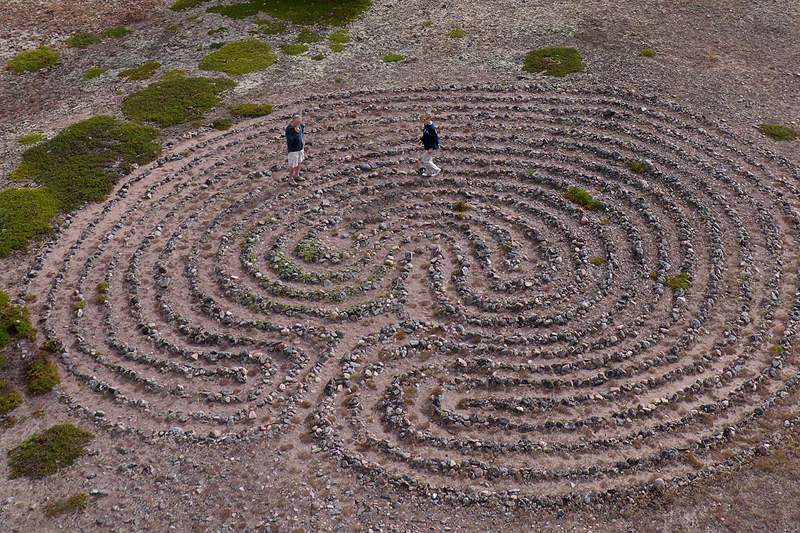
Labyrinths may not be unique to the Bothnian Bay, but there are plenty of them here. Both on the mainland and on the islands. Improve your fishing fortunes and take a turn in a labyrinth to be on the safe side. But don’t ’tidy up’ in the labyrinth; let the stones stay where they are. Haparanda Sandskär, Rödkallen, Kluntarna, Stor-Räbben and Bjuröklubb are some of the places where the labyrinths will enhance the experience of your visit.
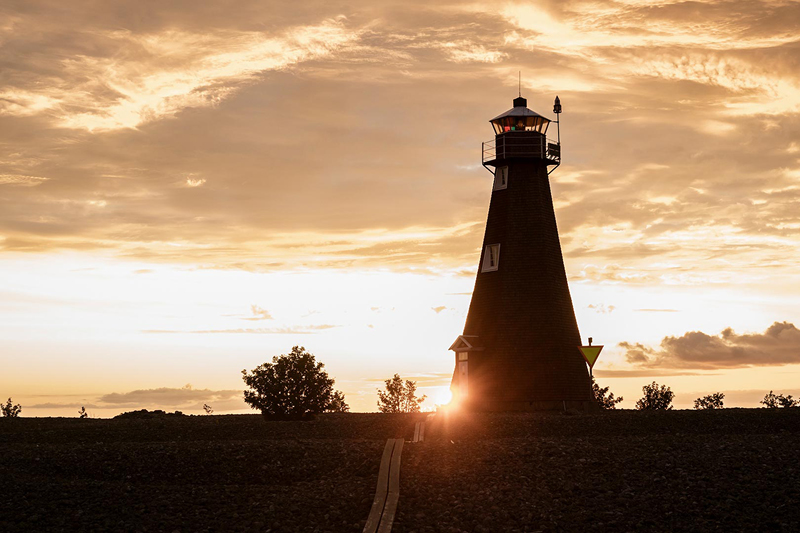
Lighthouses and their surroundings are popular day trip destinations. The surroundings are often picturesque and the lighthouses themselves offer fantastic views. The Bothnian Bay’s oldest lighthouse can be found on Malören in the Kalix archipelago, and Sweden’s highest Heidenstam lighthouse is located on Pite-Rönnskär. Rödkallen, Jävre, Gåsören and Bjuröklubb have lighthouses from the 1800s. Learn more about lighthouses on the Swedish Lighthouse Society’s website.
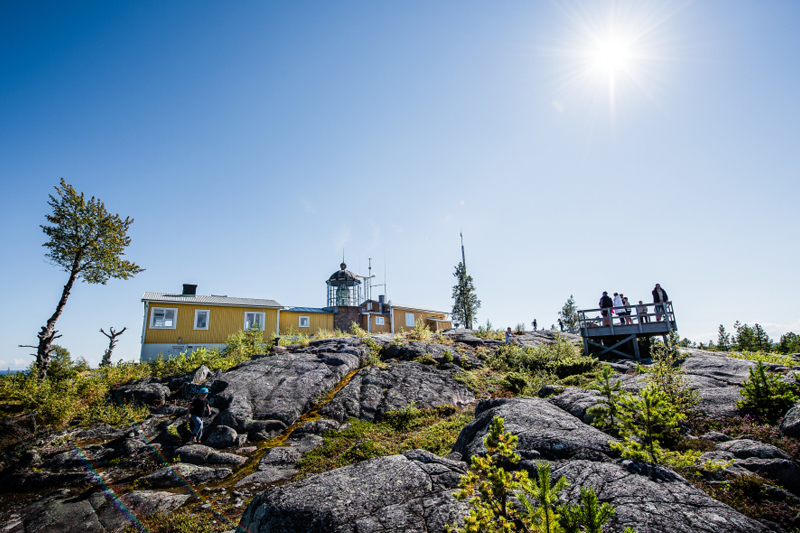
There are several ways to enjoy the archipelago life. For example, the municipalities offer cottages for rent. Many of them can also be rented in winter. There are many places to pitch a tent – on camp sites and in the country on the mainland and islands. And of course, there’s a wide range of other types of accommodation, both in old lighthouses, pilot stations and hotels.
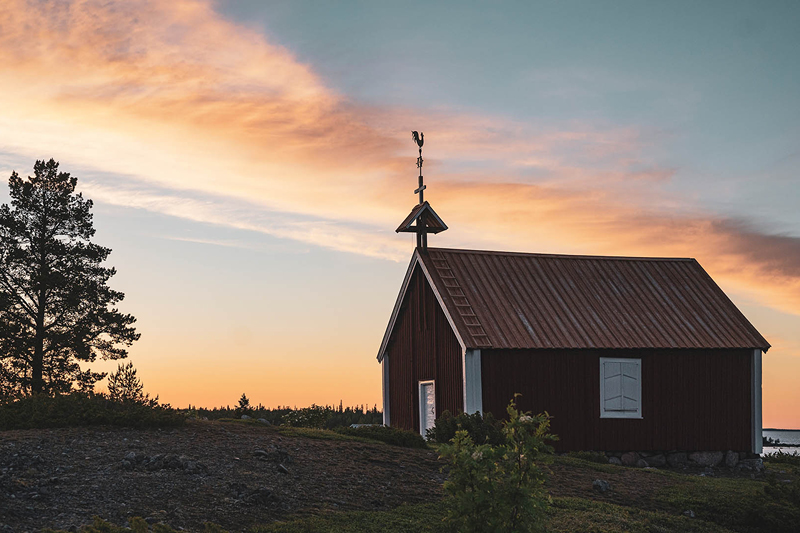
The chapels on the islands are part of the archipelago’s cultural heritage. The chapels on Haparanda-Sandskär, Malören, Rödkallen, Småskären, Brändöskär and Pite-Rönnskär were all built in the 1700s. As memorials of times past, they give pause for a moment’s reflection. Services are held in some of the chapels during the summer. To learn more about this, visit the Church of Sweden’s website for the diocese of Luleå.